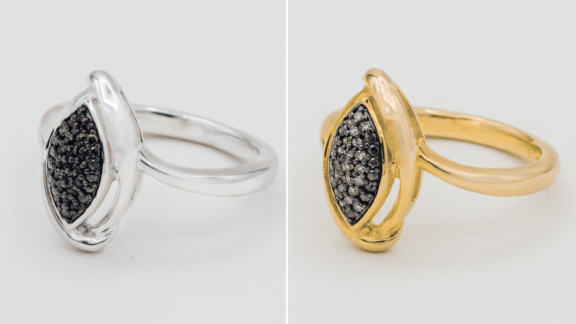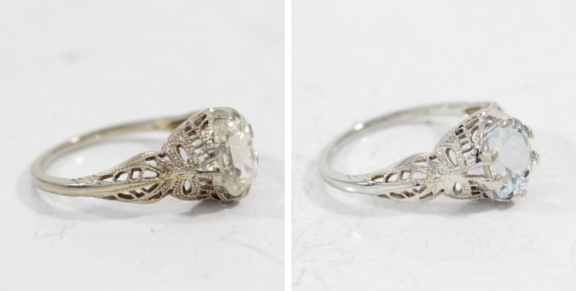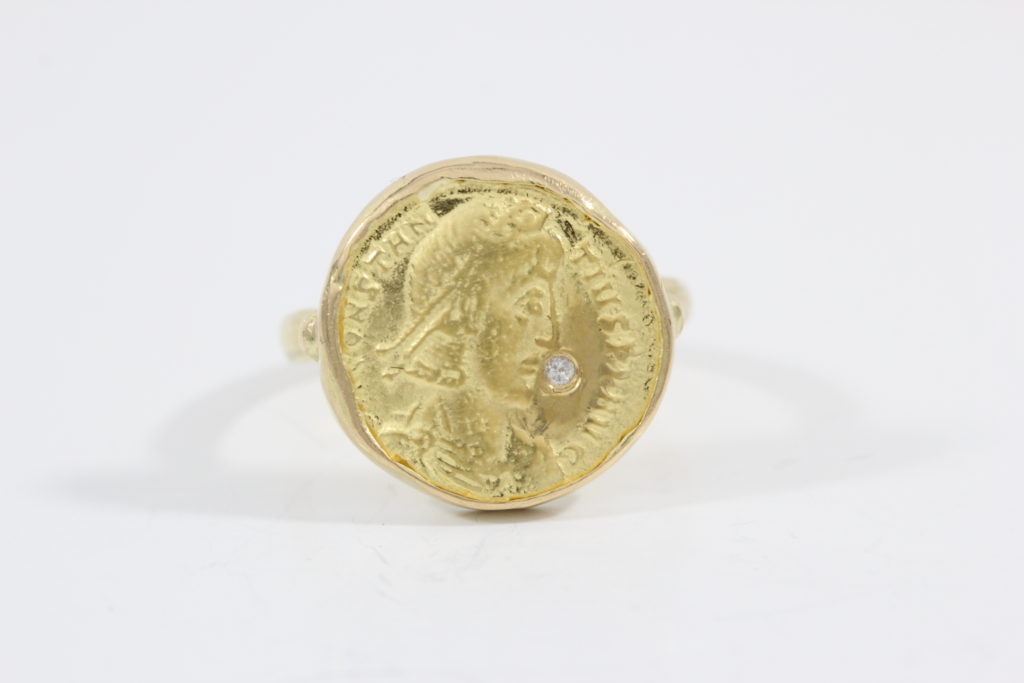Why Should I Plate My Fake Jewelry with Precious Metal?
Written by Annabelle
May 31, 2019
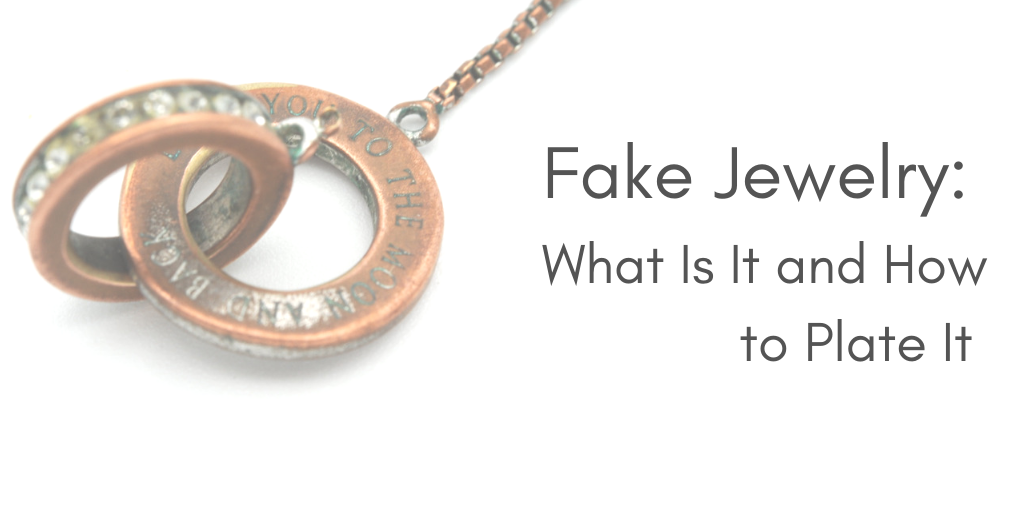
Everyone loves costume jewelry- it's affordable and comes in cute designs. But what to do when you're experiencing an allergic reaction to the weird metal it's made out of? How can you stop it from turning black? Plate it with precious metal, of course! Learn more about the process of plating fake jewelry here.
The Difference Between Fake Jewelry and High-Quality Jewelry
Fake jewelry, or costume jewelry, is separated from standard high-quality jewelry by one factor; the type of metal it's made from. Jewelry is made from either precious metals, such as silver, gold, and platinum, or base metals such as copper, brass, and miscellaneous alloys. Precious metals do not tarnish easily, and they are naturally hypoallergenic, making it suitable for all wearers. The rarity and value of precious metals makes it difficult for manufacturers and designers to afford creating vast quantities of high-quality jewelry. This is why costume jewelry is made from base metals, which are substantially cheaper.

A copper ring with three rough birthstones.
While base metals have a much better price point, the downside is that they're prone to tarnishing and causing allergic reactions. Base metals do not have the same properties as precious metals, and contain chemical components that aggravate sensitive skin.
Why You Need To Plate Fake Jewelry
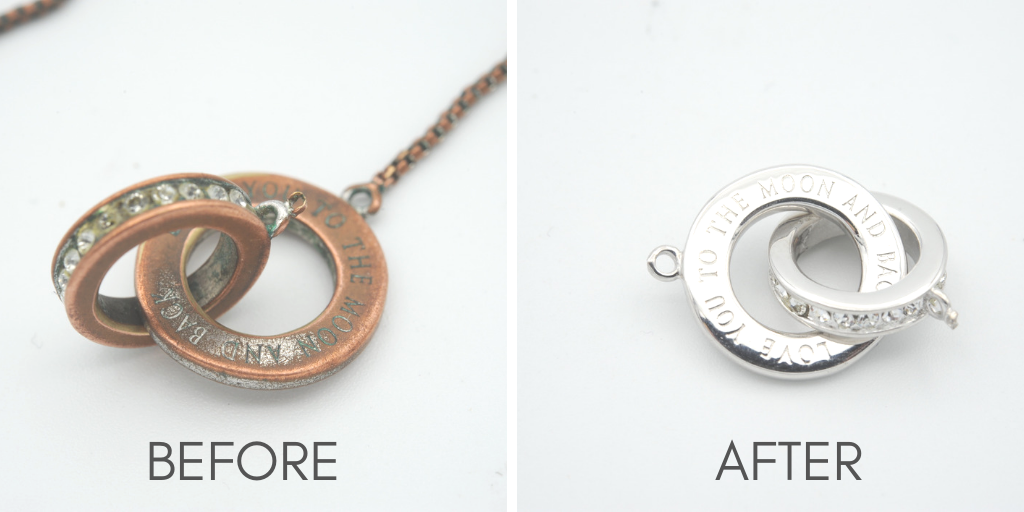
Here are a couple of reasons as to why you should consider plating your costume jewelry:
- Restore the color: If your item was plated before, and the plating wore off over time, simply re-plate it with a thicker coat to restore the original color.
- Change the color: Tired of gold? No problem! Change it to a silvery look with rhodium plating and wear it again like it's new.
- Prevent tarnishing: Copper, brass, and other base metals darken over time, especially if you wear the piece a lot. Plating your jewelry in a precious metal means that your jewelry will retain its look without changing color.
- Prevent an allergic reaction: It's the worst feeling in the world when you can't wear your jewelry because it's making you red and itchy. Since precious metals are hypoallergenic, a strong plating will allow you to put that jewelry back on without fear.
How Do You Plate Fake Jewelry?
The process of electroplating is a scientific process that requires a lot of chemistry. First, the jewelry is polished and cleaned before being placed into a tank. This tank contains a solution of metal salts and water, and electricity runs through this solution to chemically bond the precious metal (either gold or rhodium) to the surface of the jewelry.
While this process is very straightforward with pieces made from precious metals such as silver, base metals are not very compatible with the plating process and require additional treatment before they're placed into the tank. This additional treatment involves plating the item with another layer of metal before sending it to gold or rhodium plating. The preliminary layer is made of nickel, a base metal, or palladium, a silvery metal that does not tarnish and makes the piece more amenable to the regular plating process.
It's important to note that copper has a very strong tendency to darken and tarnish. This process seeps through plating over time; it is an inevitable chemical process that comes from the metal's composition. As a result, it's essential that the preliminary layer is added before gold or rhodium plating; it serves as a deterrent that will make the plating last longer and prevent the oxidation from showing.
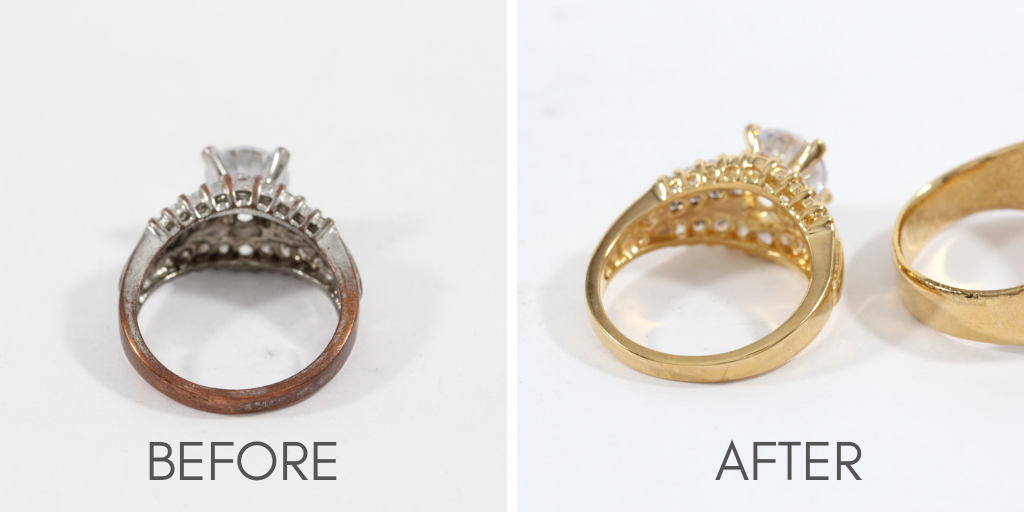
Now you're ready to start plating your fake jewelry! Get started with our plating services below.
